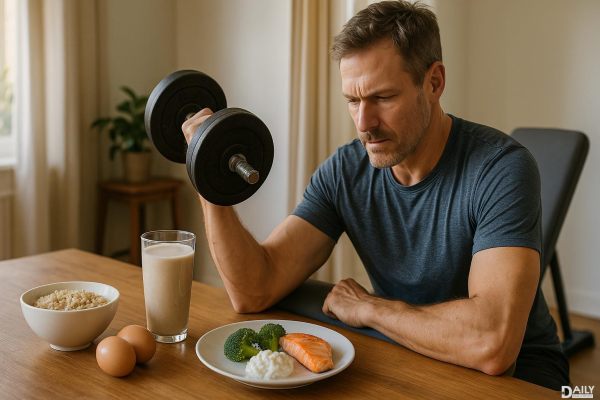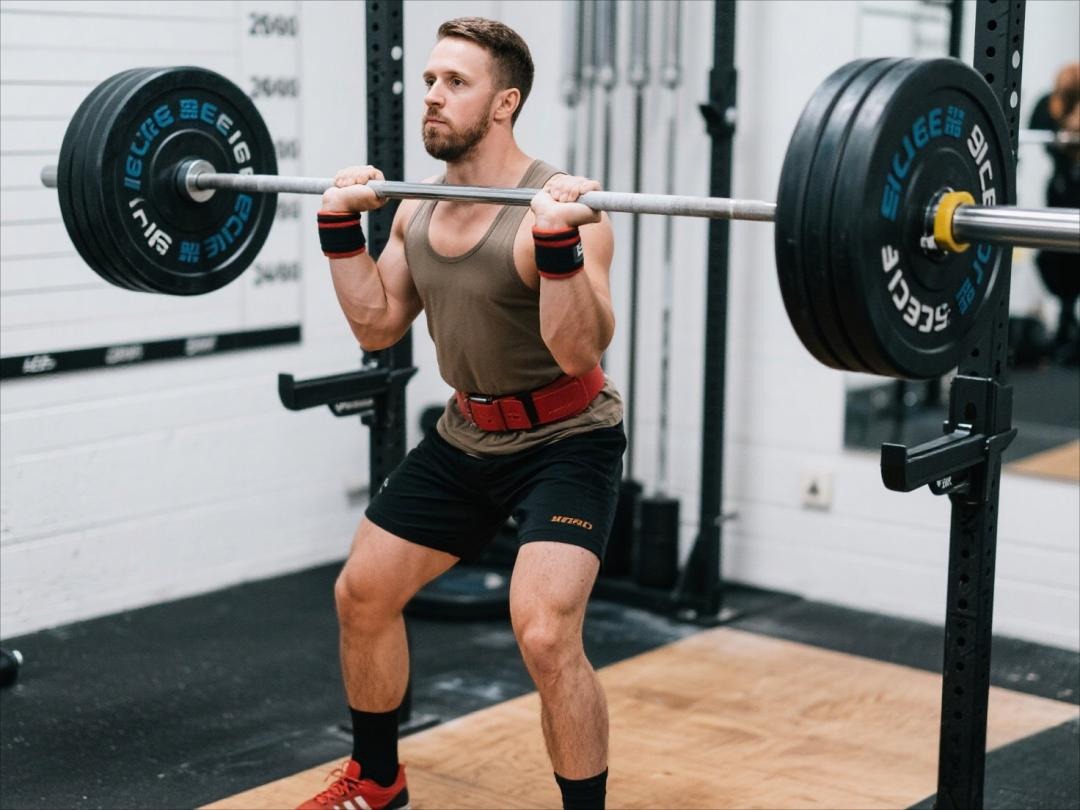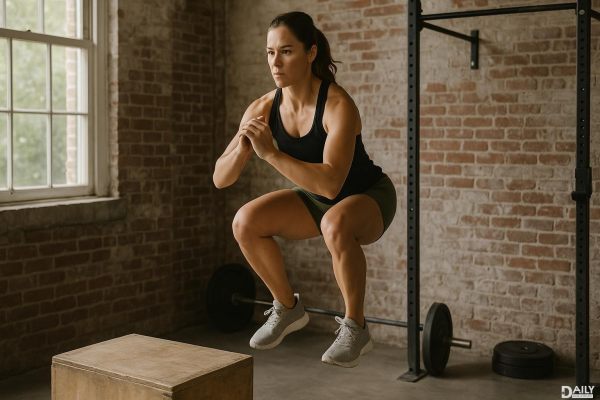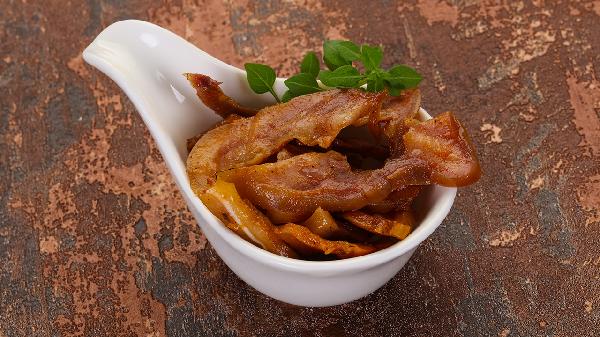If you’ve noticed your muscles shrinking over the past year, don’t sweat it—you’re not alone. Life happens, and sometimes fitness takes a backseat. The good news? You can bounce back faster than you think, especially if you fuel your body with the right stuff. Let’s dive into how you can rebuild that lost muscle and the top power foods that’ll get you there.

Muscle loss, or muscle atrophy, can sneak up on you for a variety of reasons. Maybe you’ve been less active due to a busy schedule, an injury, or just life throwing curveballs. Aging also plays a role—after 30, you naturally start losing muscle mass at a rate of about 3-5% per decade if you’re not actively working to maintain it. Stress, poor nutrition, and even certain medical conditions can accelerate this process. But here’s the kicker: your body is incredibly adaptable. With the right approach, you can rebuild what’s been lost and even come back stronger.
Rebuilding muscle isn’t just about hitting the gym hard—it’s a combination of resistance training, proper nutrition, and recovery. When you work out, you create tiny tears in your muscle fibers. Your body then repairs these tears, making the muscles bigger and stronger in the process. But here’s the catch: without the right nutrients, your body can’t do this effectively. That’s where power foods come in. They provide the essential building blocks—like protein, healthy fats, and micronutrients—to support muscle repair and growth.
Let’s get to the good stuff—the foods that’ll help you bounce back faster. These aren’t just your average healthy eats; they’re muscle-building powerhouses that’ll give you the edge you need.
Eggs are a no-brainer when it comes to muscle recovery. They’re packed with high-quality protein, containing all nine essential amino acids your body needs to repair and build muscle. Plus, they’re rich in leucine, an amino acid that’s particularly important for muscle protein synthesis. Don’t skip the yolk—it’s loaded with healthy fats and nutrients like choline, which supports muscle function. Scramble them, boil them, or whip up an omelet—just get them into your diet.
Salmon isn’t just delicious; it’s a muscle-building superstar. It’s loaded with high-quality protein and omega-3 fatty acids, which reduce inflammation and help your muscles recover faster after a workout. Plus, omega-3s can improve muscle protein synthesis, making it easier to rebuild lost muscle. If you’re not a fan of salmon, other fatty fish like mackerel or sardines are great alternatives.
Greek yogurt is a double whammy for muscle recovery. It’s packed with protein to support muscle repair, and it’s also rich in probiotics, which promote gut health. A healthy gut means better nutrient absorption, so your body can make the most of the food you eat. Opt for plain, unsweetened Greek yogurt to avoid added sugars, and toss in some berries or nuts for extra flavor and nutrients.
If you’re looking for a plant-based option, quinoa is your go-to. It’s one of the few plant foods that’s a complete protein, meaning it contains all nine essential amino acids. It’s also rich in complex carbs, which provide the energy you need to power through your workouts. Plus, quinoa is loaded with magnesium, a mineral that plays a key role in muscle function and recovery.
Don’t fear carbs—they’re your muscles’ best friend. Sweet potatoes are a fantastic source of complex carbohydrates, which replenish glycogen stores and give you the energy to crush your workouts. They’re also rich in beta-carotene, an antioxidant that helps reduce inflammation and support recovery. Roast them, mash them, or turn them into fries—just make sure they’re on your plate.
Now that you know what to eat, let’s talk about how to make these power foods a regular part of your routine. Start by planning your meals around these ingredients. For breakfast, try a Greek yogurt parfait with berries and nuts. For lunch, whip up a quinoa salad with grilled salmon. Snack on hard-boiled eggs or sweet potato wedges, and end your day with a protein-packed dinner like an omelet or a salmon bowl. The key is consistency—make these foods a staple, and you’ll see results.
While nutrition is crucial, it’s only one piece of the puzzle. To rebuild lost muscle, you’ll need to incorporate strength training into your routine. Focus on compound exercises like squats, deadlifts, and bench presses, which work multiple muscle groups at once. Aim for at least two to three strength training sessions per week, and give your muscles time to recover between workouts. Sleep is also non-negotiable—your body does most of its repair work while you’re snoozing, so aim for seven to nine hours a night.
Rebuilding lost muscle might seem daunting, but with the right approach, it’s totally doable. By fueling your body with these power foods and staying consistent with your workouts, you’ll be back to your strong, confident self in no time. So, what are you waiting for? Start stacking those plates—both in the kitchen and at the gym.
























